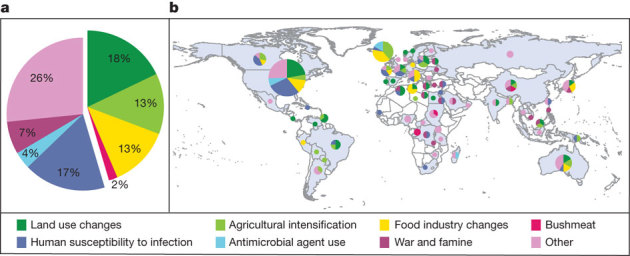Figure 2. Drivers and locations of emergence events for zoonotic infectious diseases in humans from 1940–2005.

a, Worldwide percentage of emergence events caused by each driver; b, Countries in which the emergence events took place, and the drivers of emergence. The size of the circle represents the number of emergence events: for scale, the number of events in the United States was 59. Globally, almost half of these diseases resulted from changes in land use, changes in agricultural and other food production practices, or through wildlife hunting, which suggests that contact rates between humans and other animals are an important underlying cause of zoonotic disease emergence. ‘Other’ includes international travel and commerce, changes in human demographics and behaviour, changes in the medical industry, climate and weather, breakdown of public health measures, and unspecified causes. Analysed from data in ref. 40.
